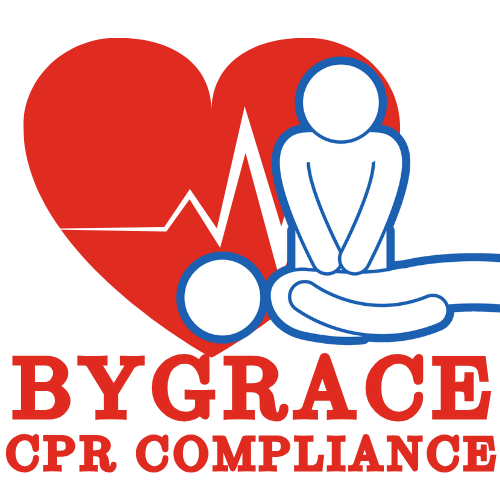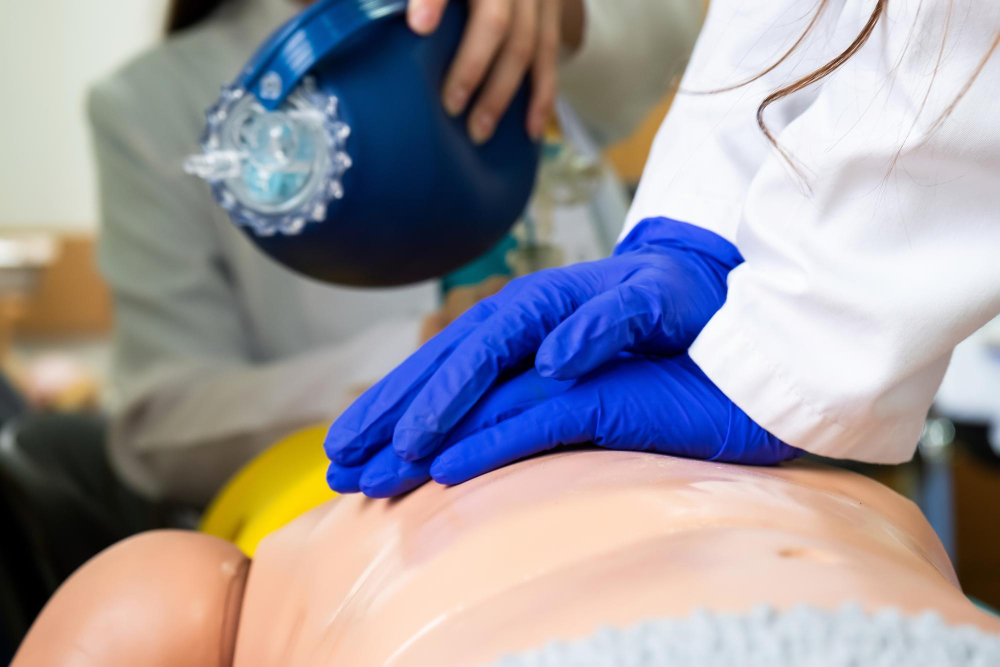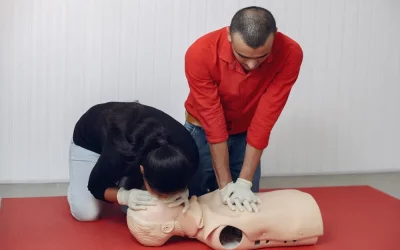Cardiopulmonary Resuscitation (CPR) is a critical skill that can be simplified through the practice of Hands-Only CPR. In this guide, we’ll explore the simplicity and effectiveness of Hands-Only CPR, making life-saving techniques more accessible to everyone.
1. Understanding Hands-Only CPR
Hands-Only CPR focuses solely on chest compressions without the need for rescue breaths. This simplified approach increases the likelihood of bystander intervention in emergencies, as some may hesitate due to concerns about mouth-to-mouth resuscitation.
2. When to Use Hands-Only CPR
Hands-Only CPR is recommended for adult victims of sudden cardiac arrest who collapse unexpectedly. If a person is unresponsive and not breathing or only gasping, initiate Hands-Only CPR immediately.
3. Steps for Hands-Only CPR
- Check Responsiveness: Tap the person and shout, “Are you okay?”
- Call for Help: Dial emergency services (911 or your local emergency number) or ask someone nearby to do so.
- Begin Chest Compressions: Position your hands on the center of the chest, interlock your fingers, and perform chest compressions at a rate of 100-120 compressions per minute. Allow the chest to fully recoil between compressions.
4. The Importance of Quick Action
Hands-Only CPR buys precious time until professional help arrives. Quick initiation of chest compressions is crucial for maintaining blood circulation and oxygenation, increasing the chances of survival.
5. Training and Familiarity
Hands-Only CPR training is readily available and easy to grasp. Familiarity with the technique through training enhances confidence, ensuring that individuals feel prepared to act in an emergency.
6. ByGrace CPR Compliance: Advocates for Hands-Only CPR
At ByGrace CPR Compliance, we advocate for the simplicity and effectiveness of Hands-Only CPR. Our training programs emphasize the ease of this life-saving technique, empowering individuals to make a difference in critical situations.





0 Comments